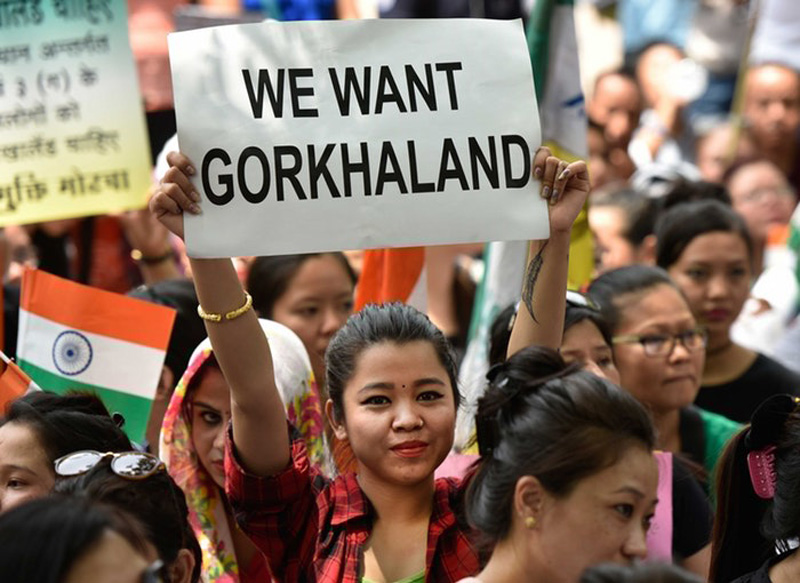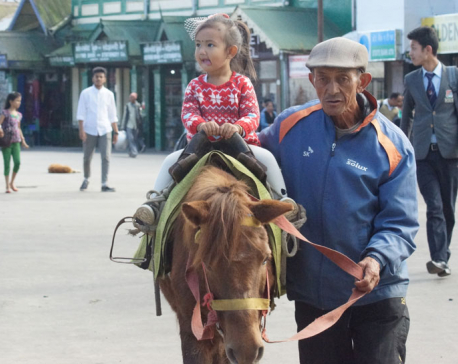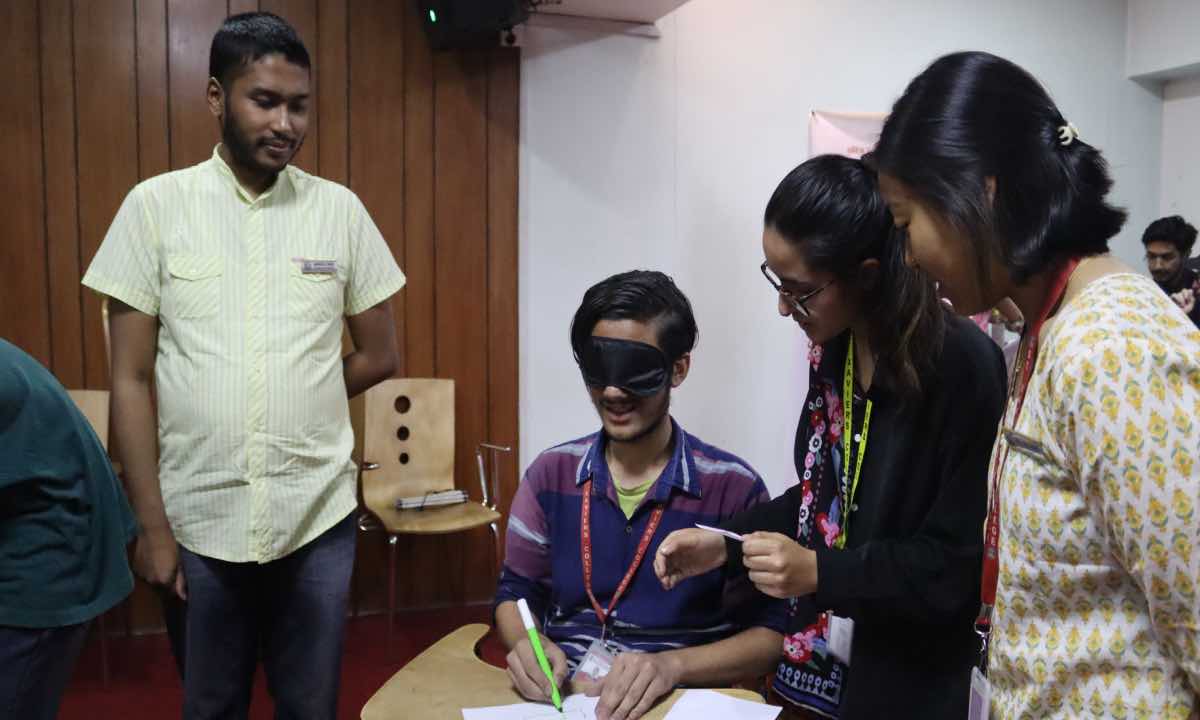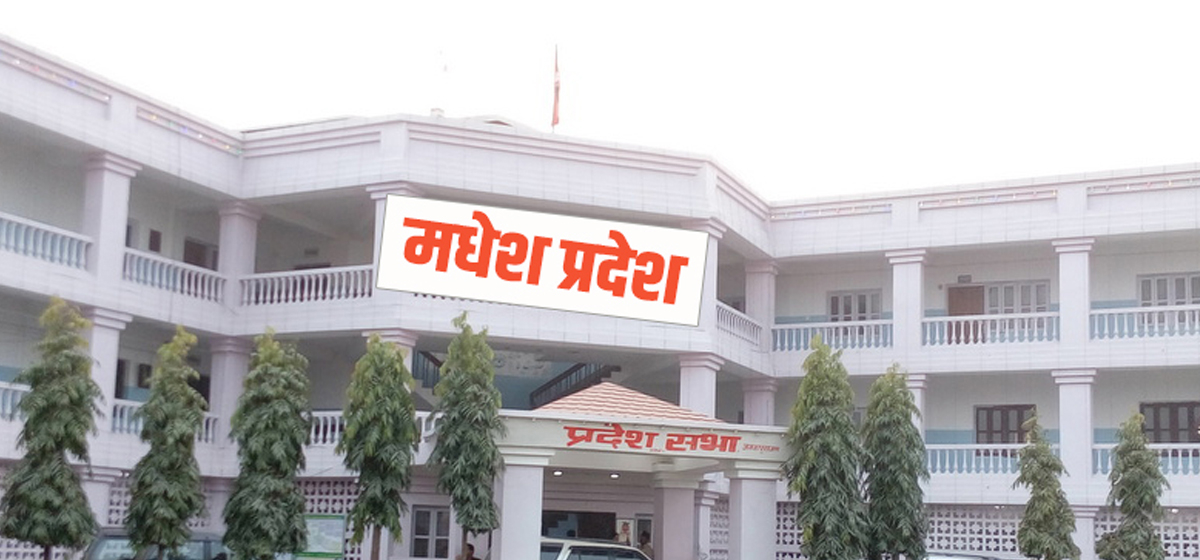
OR

More from Author
Just like Nepali-speaking people of Darjeeling, Madhesis in Nepal want their political and social rights recognized
In his famous book, Imagined Communities: Reflections on the Origin and Spread of Nationalism, Benedict Anderson defines nation as “an imagined political community”.
Indeed, when we look at the political situation of Nepal, and that of huge India, we find both the countries facing similar problems of identity and nationality. The terms nation and nationality have always had blurred definitions. What exactly defines a nation? Is it language or religion that forms the foundation of a nation? Is it culture, tradition or shared history that unites people under one nation? Or is it only geography that makes up nations? There are no clear answers to these questions, which is a boon as well as a curse.
Nepal’s contemporary politics gives us a good picture of how problematic the idea of nationalism is. The rise of identity politics and ethnic nationalism in Madhes of Nepal and the current domination of Nepali media by the hot issue of Darjeeling (and Gorkhaland) are meaningful. The outpour of support for the Nepali-speaking Darjeeling people in their demands for their rights and statehood (in India) reflect the sympathy of Nepali-speaking people in Nepal. Common language, Nepali, plays a significant role in such a reaction in Nepal. Or shall we say that the history of Darjeeling, whereby it was once a part of Nepal, has something to do with it? For now, I don’t think the support has anything to do with history, but rather with the fact that the Nepali-speaking Darjeeling people share a lot—linguistically, ethnically and culturally—with the hilly people of Nepal.
Let’s talk about our own backyard, Madhes, now. The reaction of the people of the capital to the agitating Madhes, even calling the protests part of Indian agenda, suggests our understanding of nation and nationalism need to be revisited. How can a community revolting against a government in another country be legitimate, while another community doing the same within our own country (for similar rights) be illegitimate? Isn’t it because Madhesi Nepalis have less in common with hill-based people in Nepal, as against the hill-based Nepalis’ many similarities with the protesting people of Darjeeling? Because the Madhesi people speak different languages, dress differently, have somewhat different cultures and darker skin, more closely related to Indian population?
For plural countries like India and Nepal, having nations within a nation is a normal thing. Different ethnicities, languages, religions, etc can give us that imagined sense of belonging within a certain nation. India, for example, can be understood to have multiple nations, based on its languages and the concentration of linguistically similar people in certain geographical areas (states). Similarly, Canada proudly promotes itself as a multi-national country. Southern Nepal, too, has been home to an ethnically similar population, whose mother tongue is not Nepali, and can easily be seen as a nation.
That said, there is always the fear of minorities being mistreated under the majority government. Just like the Nepali-speaking Darjeeling people feel they are victims of state oppression and thus demand statehood, Madhesi people in southern part of Nepal, too, are now conscious of their political and social rights and, therefore, are demanding recognition and equal treatment.
What most of us fail to understand (which is the real tragedy) is that a nation is only “a political imagination” of the people trying to feel united. In this process, not everyone necessarily shares the same language, culture, ethnicity, religion, or race, thereby sometimes forming smaller nations within a nation. And if a country fails to recognize, acknowledge, and preserve the identity of the people they choose to belong to, chances are such communities will revolt.
What further exacerbates the situation are the state’s assimilationist approaches. For instance, West Bengal’s imposition of Bengali language on the Nepali-speaking children of Darjeeling, Nepali as the only official language of address in Nepal’s parliament, or a mandatory English language instruction to Spanish-speaking children can all be considered as states efforts to assimilate people into one vision of nationalism. While this is not uncommon, such oppressive approaches invite revolt, which can even take the form of secessionist movements.
When such issues surface at national level and mainstream media either refrains from covering news without bias, or presents a distorted version of it, something is wrong. The media is either under total control of the majority or it just ignores the important issue as doing so, in their view, could create social disorder and disturb existing harmony.
National media represents the entire country and it should not be controlled by a certain group of people who can manipulate news to their benefit. Similarly, these issues (the ideas of nationalism, multi-culturalism, ethnicity, language, etc.) are exactly what the media should be talking about in an unbiased way. That does not disturb social harmony; instead, it helps uproot the hegemony of the majority and plants a sense of respect for the diversity. If a country as small as Singapore can do this, why can’t Nepal?
The author is a student at Soka University of America, California
mkushwaha@soka.edu
You May Like This

Indians transport everyday commodities from Nepal to Darjeeling
ILAM, July 21: The market is closed, but the crowd of buyers from across the border does not seem to lessen.... Read More...

A day in Darjeeling
For as long as we can remember, Darjeeling has been promising romantic rendezvous and beautiful cold adventures in many Bollywood... Read More...

Litterateur Khaling cremated in Darjeeling
KAKARVITTA, Sept 8: Freedom fighter and litterateur Dan Khaling was cremated at Singhamari, Darjeeling, India on Wednesday. ... Read More...







Just In
- Forest fire destroys 13 houses in Khotang
- First meeting of Nepal-China aid projects concludes
- Lungeli appointed as Minister for Labor and Transport in Madhesh province govt
- Bus knocks down a pilgrim to death in Chitwan
- One killed in tractor-hit
- Karnali Chief Minister Kandel to seek vote of confidence today
- Chain for Change organizes ‘Project Wings to Dreams’ orientation event for inclusive education
- Gold price decreases by Rs 200 per tola today













Leave A Comment